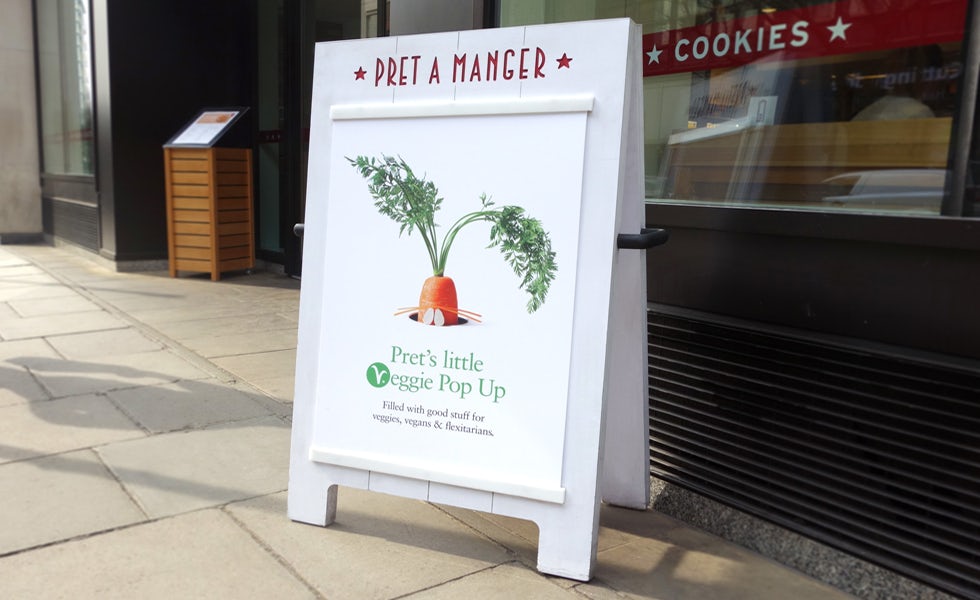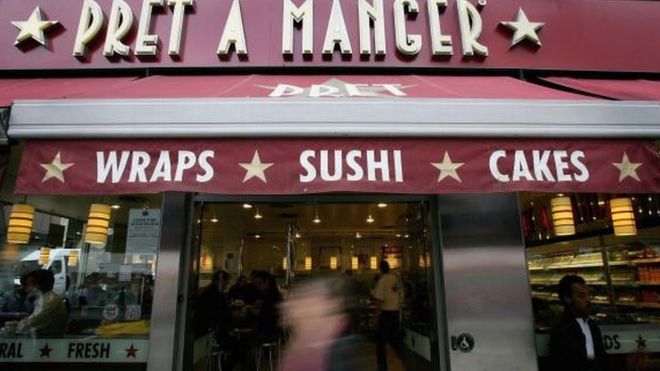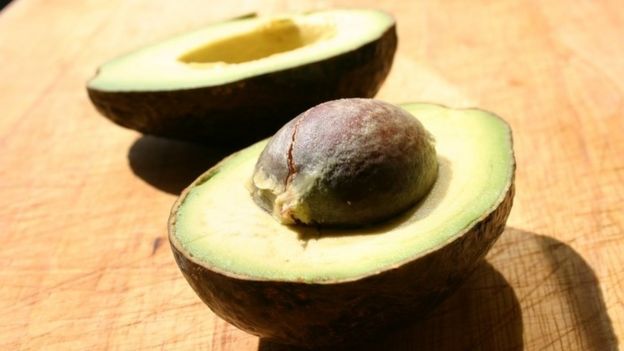With the majority of the world’s leading brands investing more heavily in influencer marketing, the risk of these celebrities losing their authenticity and in turn their ‘influence’ is growing.
Taking this into account, L’Oréal veered in a different direction to its competitors. Having uncovered that sponsored blog posts were producing more of a return than most other mediums and channels, the L’Oréal team turned to micro-influencers, signing up five British beauty bloggers to create content on an ongoing basis as it looks to “craft a different type of relationship” with influencers.
The Beauty Squad campaign is steeped in consumer perceptions insights that prove the appreciation their consumers have for more authentic brand experiences.
“Consumers will walk away from influencers that have been bought by brands, where there is no story behind it or are doing just one-offs”, L’Oréal’s UK General Manager Adrien Koskas told Marketing Week. “It depends on us being the biggest beauty brand in the UK to craft a different kind of relationship.”
“When it comes to influencers, we want to shift the industry towards something that is more genuine.”
“When it comes to influencers, we want to shift the industry towards something that is more genuine.”
WHY BEAUTY INFLUENCERS ARE L’ORÉAL’S SECRET WEAPON
World leading beauty company, L’Oréal, have devoted themselves to beauty for over 100 years. They are present across all distribution networks and have the digital marketing to match. The beauty brand are not only innovative in their cosmetics line, but also in their marketing strategies. In recent years, they have used technology to their advantage. The company soon formed bonds with beauty influencers and took on a team of long-term ambassadors.
This influencer marketing strategy is L’Oréal’s secret weapon…
WHAT IS THE ‘BEAUTY SQUAD’?
The ‘Beauty Squad‘ is L’Oréal’s team of beauty influencers (vloggers and bloggers) that undertake the role of long-term ambassador for the brand. In September 2016, it was announced that the squad consisted of: Emily Canham, Kaushal, Patricia Bright, Ruth Crilly and Victoria Magrath. After positive reception, Lydia Millen, Ling KT and Amena were added to the ‘Beauty Squad’ in July 2017.
The squad have an impressive combined viewership of 6.35 million on YouTube and over 5 million followers on Instagram.
General Manager of L’Oréal Paris UK, Adrien Koskas, commented on their new marketing technique and why they chose the influencers they did:
“We strive to connect and engage with our consumers via all touchpoints. We’ve chosen to work with key influencers who are true advocates for our brand and who will speak with sincerity to their audience.”
WHY DO L’ORÉAL USE BEAUTY INFLUENCERS?
According to Influencer Marketing Hub, an influencer is: an individual who has a following in a particular niche, which they actively engage with. The beauty squad of L’Oréal are all well-known for their niche – beauty. Each of the members specialise in one or more of the three categories L’Oréal represent: hair, skin care or make-up.
A significant interview took place with Koskas (GM) for Digiday UK where he revealed why they use beauty influencers. He disclaimed that L’Oréal have always been known for their campaigns featuring celebrities and expert spokespeople. However, “influencers have a different value because they are the voice of consumers“. He continues:
“Through them, we can reach communities we couldn’t reach before, and make the face of L’Oréal Paris more inclusive.”
Further to this, he added that they receive live feedback from the influencers. Part of the ambassador relationship involves the beauty squad visiting the labs where L’Oréal create and test their products. The squad have their say in the creation of the products which is beneficial for the brand.
The purpose of working with influencers is to better inform potential consumers about the brand, its products and its values. It also encourages higher levels of engagement.
WHAT DOES INFLUENCER MARKETING LOOK LIKE IN ACTION?
Across all social media platforms, the beauty squad boast their partnership with the No. 1 beauty brand. In action, influencer marketing in the beauty industry looks like this:
HOW HAS DIGITAL MEDIA AFFECTED L’ORÉAL’S MARKETING?
Since reportedly doubling their investment in digital channels to 30%, L’Oréal has seen a meaningful impact on sales.
The beauty brand jumped on the bandwagon of social media marketing almost immediately after its release and have been big on the platforms. They “need to own the conversation and drive interest in the market” according to Williamson.
When TV and print ads were no longer enough to draw attention to new product launches, the beauty brand turned to digital media.
Always one to lead the trends, L’Oréal invested a lot in working long-term with the beauty influencers. Instagram and YouTube have been the most popular platforms driving sales and engagement.
HOW HAS THIS MARKETING TECHNIQUE CHANGED THE BEAUTY INDUSTRY?
It’s no doubt that influencer marketing has a bad rep. People will see influencers posting one off sponsored posts for brands and feel negatively towards it. It’s all do with how ‘forced‘ an ad looks. With L’Oréal, it’s different. The brand focuses its attention instead on forming long-term human relationships with their influencers.
As a result, sponsored content deriving from the brand gains positive responses. The beauty influencers only post about a product if they genuinely love it and want their audience to know about it.
Despite some controversial comments, all posts are genuine and honest and the influencers still have their independence. They are not tied to L’Oréal in a way that they can’t use or sponsor other brands. That is what makes this marketing technique to real and trustworthy.
This marketing strategy has been revolutionary, with many brands following suit. I would therefore say that it has changed the beauty industry in a very positive way.














